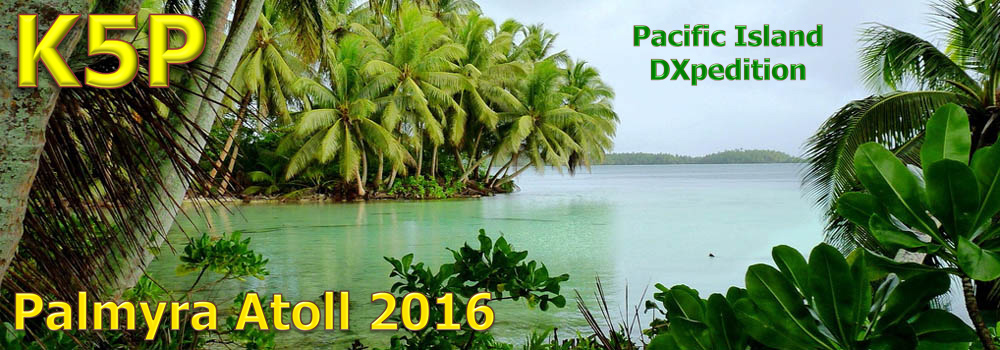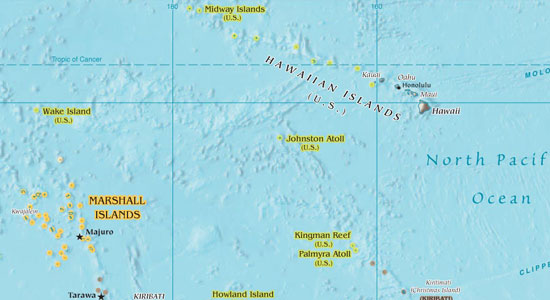
Palmyra Atoll  |
|
Background Reference: http://en.wikipedia.org/wiki/Palmyra_Atoll
Palmyra Atoll National Wildlife Refuge and six other national wildlife refuges are seemingly just dots near the equator of the Pacific Ocean, but upon a closer look these islands, reefs, and atolls are at the epicenter of Pacific Remote Islands Marine National Monument, the largest marine conservation area in the world. These refuges host terrestrial and marine life in numbers and unique and specialized life forms beyond our imagination and they provide a safe haven for millions of birds and marine life that swarm to shallow areas and islands to rest, to feed, to mate, and to give life to their off-spring. Located a 1,000 miles south of Hawaii, Palmyra Atoll is one of the most spectacular marine wilderness areas on Earth. The Nature Conservancy bought Palmyra in 2000 from the Fullard-Leo family, who had previously turned down offers to have the atoll used as a nuclear waste site and a casino. Today, Palmyra is a national marine monument and the Conservancy and the U.S. Fish & Wildlife Service are partnering to protect it. Through the Palmyra Atoll Research Consortium, it is also being developed as a center for scientific study. What we can learn at Palmyra—about global climate change, coral reefs, marine restoration and invasive species—promises to inform conservation strategies for island ecosystems throughout the Pacific and around the world. |
